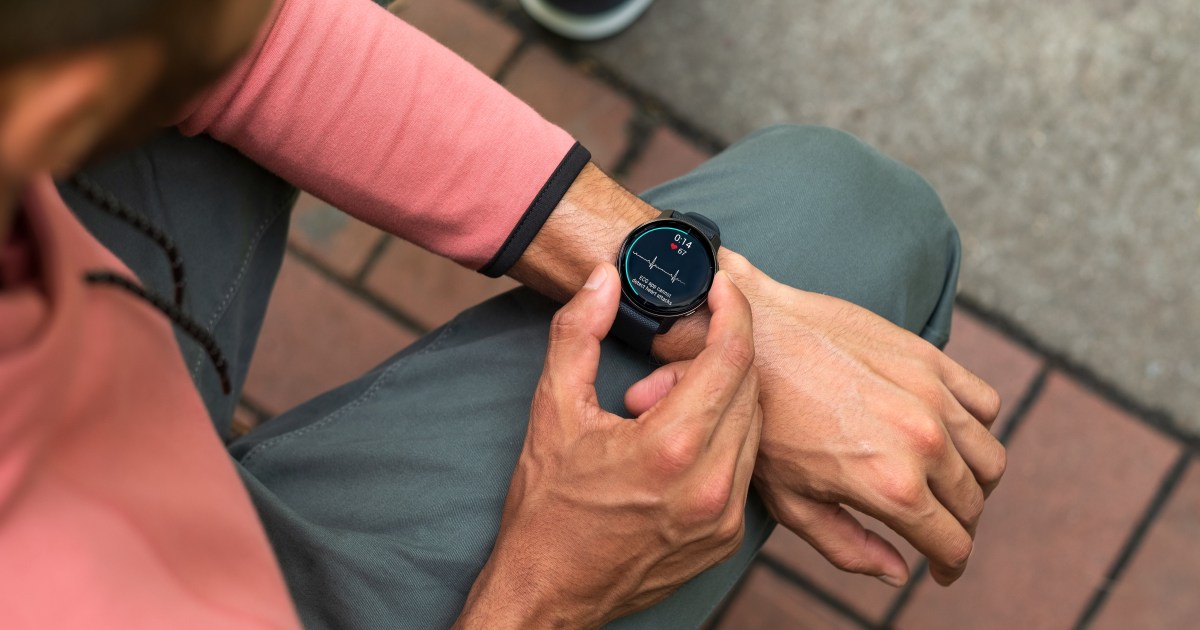Where to look and red flags

To find a trustworthy health app, it is important to know who is funding it, what their motivations are, and what they intend to do with a person’s data.
Accessing health information has never been so easy, with thousands of websites and
However, choosing a trustworthy health app that serves the best interests of the users and not the developers can be challenging.
This guide provides practical advice for finding trustworthy health apps, including red flags to watch out for and where to look.
Mobile health (mHealth) apps generally fall into the following categories, although some serve multiple functions:
- Fitness and activity: These apps track metrics such as a person’s activity, step count, and the calories they burn.
- Nutrition and diet: These apps track food and drink intake, allow users to scan food barcodes, and offer personalized nutrition advice.
- Mental wellness: These apps give access to meditation and mindfulness exercises, motivational recordings, and more.
- Health records and information: These apps allow users to access and manage their healthcare records, get advice about their next steps in their health journey, of find health information.
The United Kingdom’s National Health Service (NHS) has partnered with ORCHA (Organization for the Review of Care and Health Apps) to compile a health and care app library featuring thousands of NHS-approved, trustworthy apps.
The following articles provide in-depth reviews and information about health apps:
To determine whether an app is trustworthy, follow these steps before downloading it:
Find out who created it
Knowing who created an app can give clues about its trustworthiness. Some app developers are more interested in collecting personal data or selling products than helping users improve their health.
Look for information about the developer, such as their contact details and website information. If those details are not available, do not trust the app.
If the informaiton is available, look at the developer’s website to understand their motivations.
Apps made by the following organizations are
- government agencies
- hospitals
- university medical departments
- nonprofit healthcare organizations
- patient advocacy groups
The URLs (web addresses) of these organizations often end in:
Look for credibility
- established protocols
- published guidelines
- evidence-based practice
- studies published in peer-reviewed journals
The app should clearly state the sources it is based on, and this information should be easy to find on the app. Alternatively, the app may feature a link to this information on the developer’s website.
The AMA and other respected organizations developed guidelines for mHealth apps to comply with. If an app features the Xcertia name and logo, it means it follows the guidelines.
Find out when it was last updated
Trustworthy health apps are updated regularly, which is crucial for making sure they are secure and work properly. Developers may also add new features based on the latest health information or to improve users’ experience.
People can go to the app’s page in the Google Play Store or Apple App Store and look for the “What’s new” or “Details” section. This shows when the app was most recently updated and the version history. Regular updates signal that the app is well maintained, which trustworthy health apps usually are.
Check the privacy settings
mHealth apps process personal information, so it is important to understand what data it collects, how it uses the data, and whether it shares the data with other organizations, or third parties.
Look for the app’s privacy policy, which is usually in the settings section. It should clearly explain how it handles data.
If a person intends to share or access personal information within an app, they can find out what security measures exist for protecting data, such as encryption. All of this information should be easy to access within the app or on the organization’s website.
A person can adjust their privacy settings within the app or in the settings section of their phone to meet their needs.
With thousands of mhealth apps available, finding reputable options can be challenging.
Finding out who makes or funds the app can give crucial clues to its trustworthiness. The app must use reliable, evidence-based information and be transparent about how it uses people’s personal data.
Avoid apps that make exaggerated health claims or use tactics to encourage users to use the app more than they need to.
Taking the time to check an app’s trustworthiness before downloading it can help avoid negative experiences and help keep personal information safe.
link




